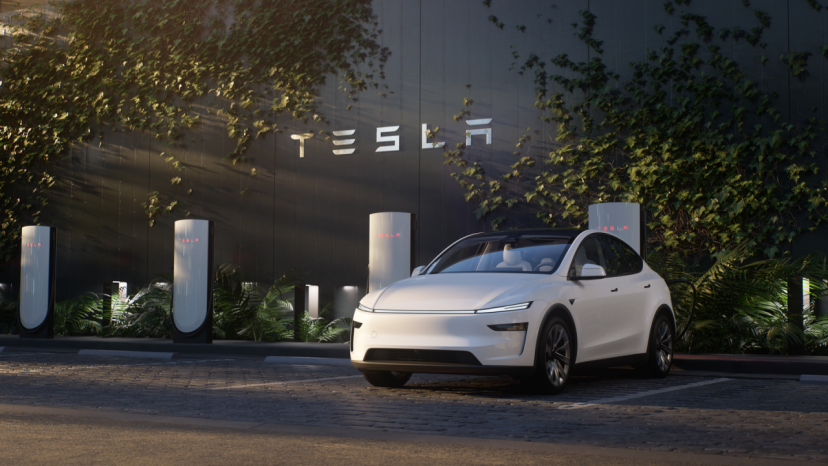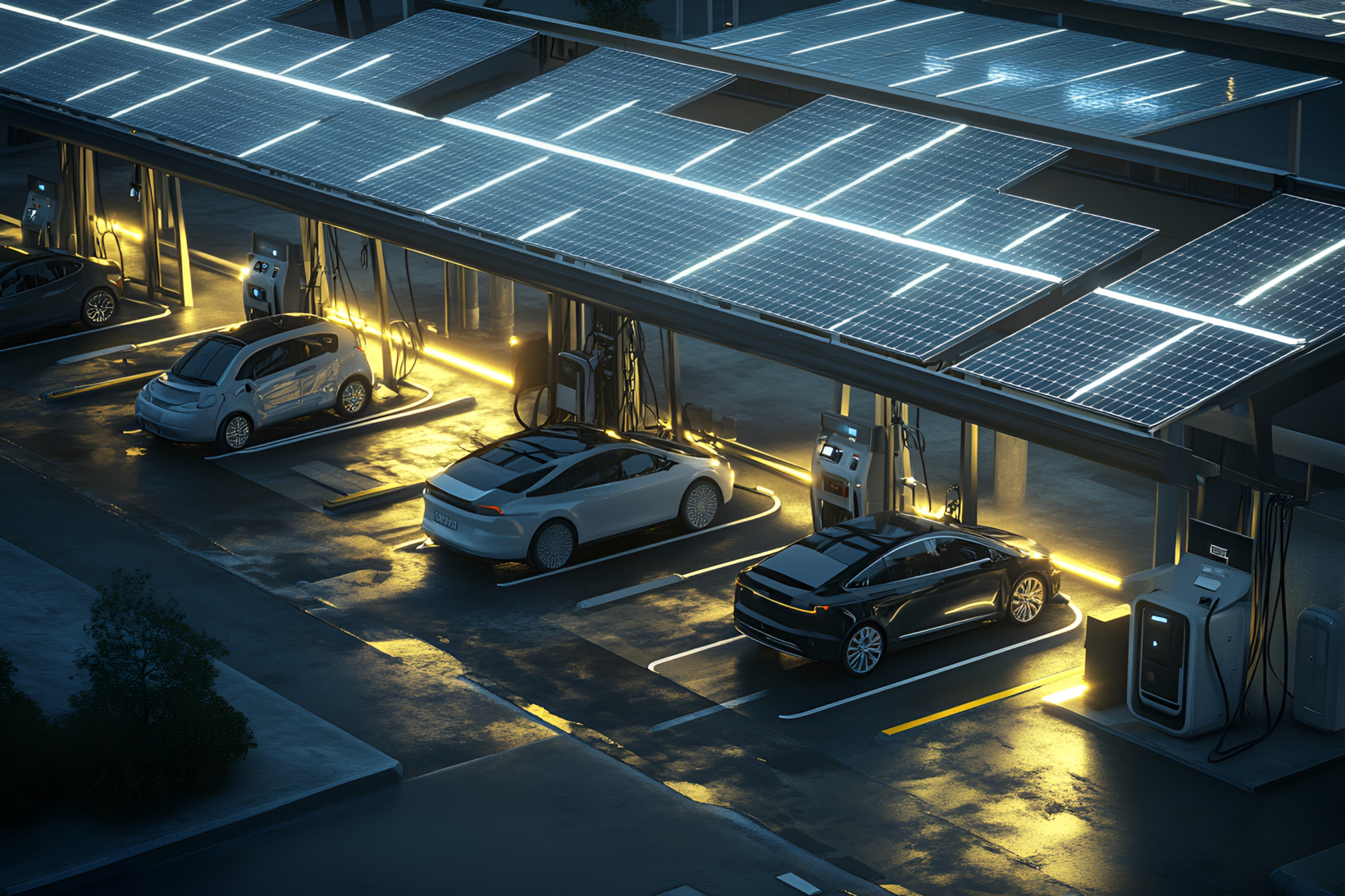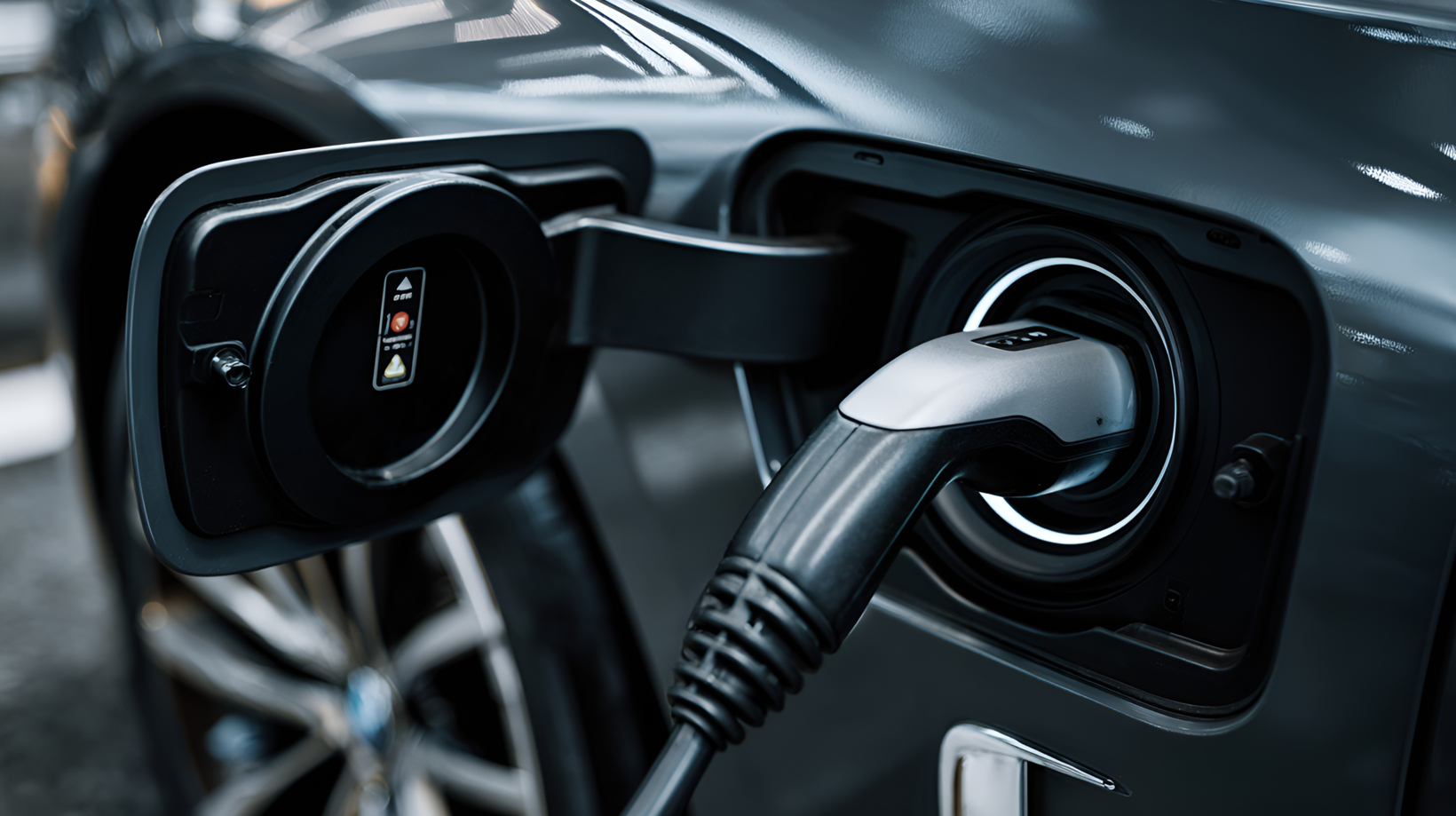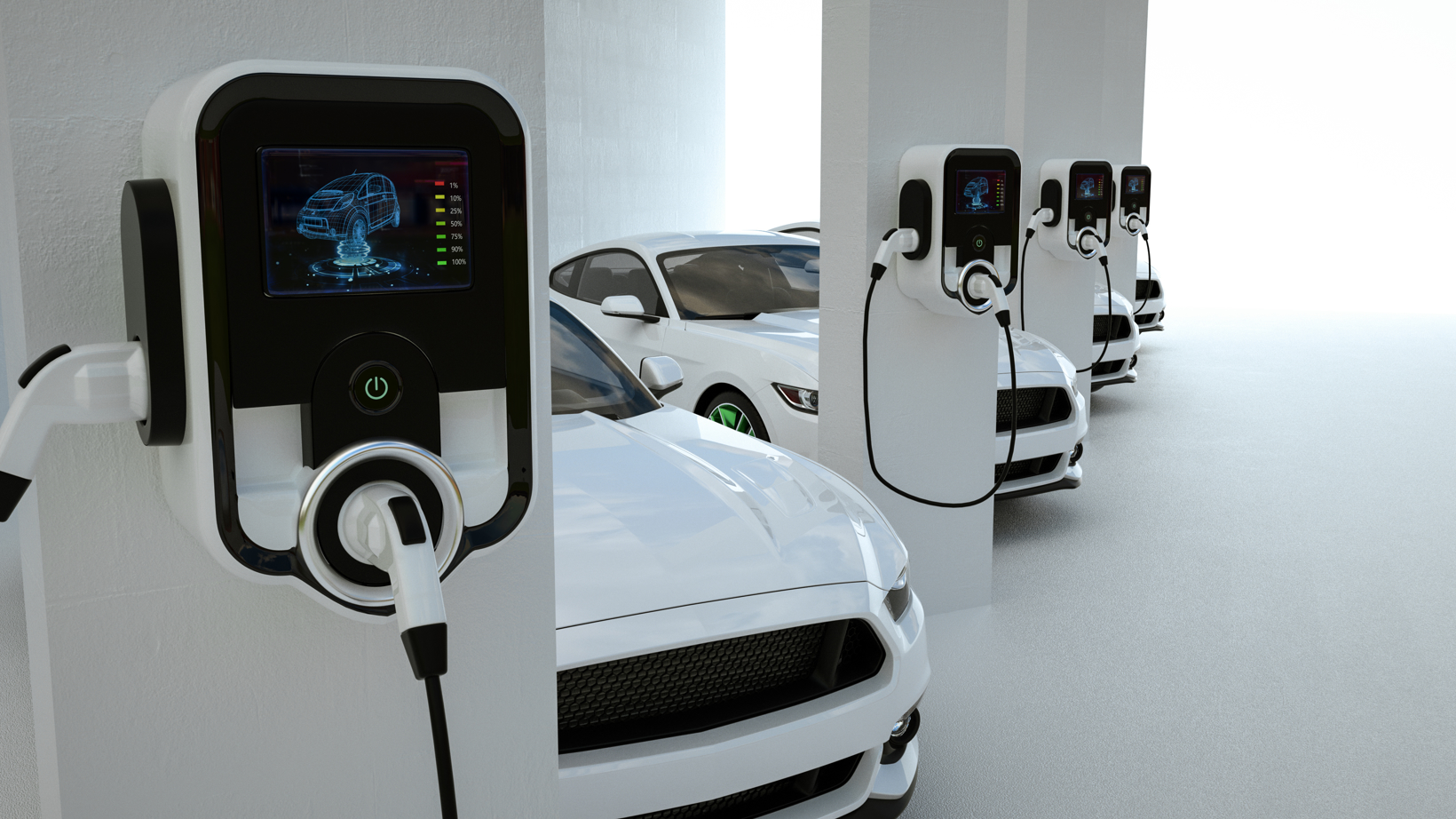Used new energy vehicles: A New Bargain Ground for the New Middle Class?
Zhang Yu, a typical Tesla enthusiast, has been hesitant to make a purchase due to the responsibilities of having elderly parents and young children, along with the pressure of a mortgage. As he reaches middle age, he finds himself torn between his eagerness for new things and his family responsibilities. After careful consideration, he has set his sights on a used Tesla.

Image source: Tesla
Under the dual impetus of consumption upgrade and increased environmental awareness, the new energy vehicle market is booming. However, in stark contrast to the bustling scene of the new car market, the new energy used car market presents a complex situation of "two extremes."
What’s wrong with a second-hand new energy vehicle? Zhang Yu has always had a reverse thinking logic. The low resale value of second-hand new energy vehicles also means that they are cheap. As long as the battery quality is good, they are actually very cost-effective. Coupled with the low running costs of new energy vehicles, it satisfies his "vanity" while achieving a balance in household use. What a great choice this is.
However, things are not that simple. The choices of individuals also reflect industry-wide issues. The new middle class values the high cost-effectiveness of second-hand new energy vehicles, but they must also be wary of the "pitfalls" in the bargain-hunting process. Rapid product technology iterations and chaotic market conditions mean that stepping into one could potentially result in a loss.
What opportunities and challenges does the new energy used car market entail? How should the new middle class find true "gems" in this ever-changing market?
The cost-effectiveness and practicality“ ”
As the number of new energy vehicles continues to rise, the used car market is experiencing unprecedented growth opportunities. Data shows that from January to May 2025, the transaction volume of used new energy vehicles reached 545,300 units, a year-on-year increase of 29.7%. The monthly transaction volume exceeded 110,000 units for three consecutive months.
This significant growth trend reflects the increasing acceptance of used new energy vehicles by consumers.
For the new middle class, the appeal of second-hand new energy vehicles comes from multiple aspects.
Compared to traditional fuel vehicles, the electricity costs and maintenance expenses for new energy vehicles are significantly lower, and there is no need to pay purchase tax. For example, the annual operating cost of a mid-to-high-end new energy vehicle may be only half or even less than that of a traditional fuel vehicle.
Second-hand new energy vehicles further amplify this cost-effectiveness advantage. The price of a nearly new car that has been driven for only about one year and has less than 10,000 kilometers on it may drop by 30% to 40%.
For example, some car owners have shared the residual value of new energy vehicles. The estimated price for a less than one-year-old Model 3 Long Range All-Wheel Drive version is 174,000 yuan, which is a depreciation of 100,000 yuan compared to the guide price of 275,500 yuan.
Even Tesla, known for its strong resale value, faces depreciation, and other new energy vehicle brands show even more distinctive patterns. According to the latest data from the China Automobile Dealers Association, the average three-year depreciation rate for used new energy vehicles is as high as 65%, with some models experiencing extreme cases of "halving in one year, and zero residual value in three years."The depreciation of 15%-30% in the first year has become the norm for new energy vehicles.In the second-hand car market, "nearly new cars" that are 1-2 years old with mileage of less than 10,000 kilometers are also quite common.
The low retention rate indicates the low price of second-hand new energy vehicles. For the new middle class who are budget-conscious but still pursue a quality lifestyle, this price gap is undoubtedly very attractive.

Image source: Shetu.com
It should be noted that in recent years, new energy vehicle technology has become relatively mature, with significant improvements in key indicators such as driving range, charging speed, and intelligent driving assistance systems. For the used car market, this means that consumers can enjoy the benefits of mature technology at a lower price.
In recent years, taking battery technology as an example, the energy density of batteries has continuously increased, with a common driving range exceeding 300 kilometers, and some high-end models easily surpassing 500 kilometers. Additionally, as vehicle assistance systems gradually become more widespread, features such as automatic parking, adaptive cruise control, and lane keeping allow drivers to enjoy a more convenient and safer driving experience.
The maturity and popularization of these technologies have made second-hand new energy vehicles more reliable in terms of quality and safety, reducing consumers' concerns.
Moreover, the new middle-class group, as the backbone of society, is more sensitive to environmental protection and policy guidance. Opting for second-hand new energy vehicles not only aligns with their consumption philosophy but also allows them to enjoy the benefits brought by policies.
Hidden in“ ”The Trap Behind
Despite the apparent prosperity in the second-hand new energy vehicle market, there are numerous irregularities that not only harm consumers' interests but also hinder the healthy development of the market.
The retention rate of new energy vehicles has always been a focus for consumers. The retention rate of second-hand new energy vehicles draws even more attention from consumers. Since purchasing a second-hand new energy vehicle means bearing the consequences of rapid depreciation, if the vehicle depreciates too quickly, significant financial losses may be incurred when reselling it later.
Compared to traditional fuel vehicles, the electronic and electrical architecture of new energy vehicles is more complex, especially the core components such as the battery system, motor, and electronic control. Their quality directly affects the safety and lifespan of the vehicle.
Currently, in the second-hand new energy vehicle market, the transparency of vehicle condition information is relatively low, making it difficult for consumers to accurately assess the true condition of a vehicle. Some unscrupulous dealers, in pursuit of profit, may conceal important information such as the vehicle's accident history, maintenance status, and battery degradation level, leading consumers to discover various issues only after purchase.
For example,Some unscrupulous used car dealers sell "nearly new" second-hand new energy vehicles, which may be inventory cars from car manufacturers or retired rental cars.Frequent fast charging and long-term storage with low battery levels during use may accelerate battery degradation and affect the vehicle's lifespan.

Image Source: Shetu.com
The most important thing to note is that the after-sales service system for new energy vehicles is not yet fully mature, especially for second-hand car consumers, where the after-sales service assurance is even weaker. New energy vehicle brands offer a wide range of after-sales service benefits for new cars, such as lifetime warranty, free battery replacement, and roadside assistance. However, these benefits are often not transferable to second-hand car owners.
For example, the warranty policy for the 2023 model of a certain brand stipulates,The battery warranty is limited to the first owner, and second-hand car owners cannot enjoy this benefit, which means that consumers need to be more cautious about after-sales service guarantees when purchasing second-hand new energy vehicles.
This also means that after purchasing a vehicle, second-hand car owners may not be able to enjoy the same after-sales service as new car owners. If the vehicle breaks down, the repair costs may increase significantly.
How to find treasures amidst chaos“ ”?
Opportunities often coexist with risks. In the face of the temptations and chaos of the new energy used car market, how can the new middle class "pick up a bargain" and find the "real gold" that truly meets their needs?
Focus on resale value retention as the top priority. As a consumer, you should pay more attention to the resale value data of new energy vehicles and choose models with relatively high resale value. Generally speaking, models with high brand recognition, mature technology, and a good market reputation tend to have relatively high resale value.
Additionally, when purchasing a used new energy vehicle, it is crucial to choose a reputable channel and reliable seller. Formal used car trading platforms usually conduct strict inspections and certifications on the vehicles, providing a certain level of quality assurance and after-sales service. Furthermore, brand-certified used cars are also worth considering, as these vehicles undergo rigorous inspection and certification by the brand, offering better quality assurance, and some brand-certified used cars also come with extended warranties, free maintenance, and other value-added services.
Recently, the "5 Essential Tips to Avoid Pitfalls When Buying a Used Car" summarized by a used car industry professional received a lot of attention. These five tips include battery health, car age, maintenance records, software compatibility, and key contract points.

Image source: Shetu.com
When purchasing a used new energy vehicle, vehicle inspection is an essential step. As the core component of a new energy vehicle, battery performance directly affects the vehicle's range and lifespan. Therefore, the health of the battery is the most important aspect. Buyers need to pay attention to indicators such as the number of cycles, charging and discharging efficiency, and voltage balance to ensure good battery performance.
At the same time, a comprehensive inspection of the overall condition of the vehicle should be conducted, including the exterior, interior, chassis, braking system, steering system, etc., to check for signs of accidents, maintenance records, and parts wear.
In the still unregulated field of new energy used cars, consumers also need to pay attention to contract issues.Particularly in the contract, the quality condition of the vehicle should be detailed, including the inspection results, existing issues, and the seller's commitments and responsibilities, to avoid any ambiguous statements.
Overall, the new middle class should choose the right car model, conduct a comprehensive and standardized car inspection process, and avoid various pitfalls such as contracts and after-sales. This way, they can find satisfactory and cost-effective models in the second-hand new energy vehicle market.
We still need to work together to build a healthy ecosystem.
From the perspective of Zhang Yu and other representatives of the new middle class seeking second-hand new energy vehicles with a "bargain hunting" mindset, it indicates that this industry is still in the development process and there are many areas that need regulation.
The rapid depreciation of new energy vehicles also indicates that the assessment of the residual value of used new energy vehicles lacks a scientific and unified standard, leading to chaotic market pricing.
Therefore, it is necessary to establish a scientific and reasonable evaluation system for value retention, which comprehensively considers various factors such as the brand, model, age, mileage, battery condition, speed of technological iteration, and market supply and demand of the vehicle, to provide accurate reference for consumers and car dealers.
In addition, after-sales service for new energy vehicles is a key focus for consumers and a critical factor for market development. Automobile manufacturers should increase investment in building after-sales service networks, expand the coverage of service points, and improve service quality and efficiency. At the same time, they should enhance the technical training of after-sales service personnel to improve their proficiency in the maintenance of new energy vehicles.
From an industry perspective, it is essential to establish and improve the laws, regulations, and industry standards of the used car market. The industry urgently needs standardized transaction processes and market behaviors for new energy used cars, as well as strengthened qualification reviews and supervision of used car trading platforms and dealers, to create a favorable market consumption environment.
The new energy used car market, as an important part of the automobile market, is gradually becoming a new ground for the new middle class to find "bargains." With its advantages of high cost-effectiveness, low usage costs, and environmental friendliness, it has attracted the attention of many consumers.
However, issues such as low value retention, complex vehicle conditions, and lack of after-sales service in the market have caused many concerns for consumers. In such a market environment, consumers need to carefully choose vehicle sources, focus on vehicle inspection, and sign standard contracts to protect their rights and interests.
Perhaps, one day in the future, purchasing a second-hand new energy vehicle will be as convenient and transparent as buying an electronic product. This market will then allow consumers to feel more at ease and make more rational decisions, giving the new middle class more opportunities to find great deals.
【Copyright and Disclaimer】The above information is collected and organized by PlastMatch. The copyright belongs to the original author. This article is reprinted for the purpose of providing more information, and it does not imply that PlastMatch endorses the views expressed in the article or guarantees its accuracy. If there are any errors in the source attribution or if your legitimate rights have been infringed, please contact us, and we will promptly correct or remove the content. If other media, websites, or individuals use the aforementioned content, they must clearly indicate the original source and origin of the work and assume legal responsibility on their own.
Most Popular
-

EVA Morning Prices on September 12: Most of the Market Holds Steady, Highest Rise of 50 Yuan
-

[PET Weekly Outlook] Polyester Bottle Chips Expected to Oscillate and Warm Up with Costs Today
-

List Released! Mexico Announces 50% Tariff On 1,371 China Product Categories
-

Top Ten Personnel Changes in the Auto Industry: Insights into Industry Anxiety and Progress | Vision 2025
-

Case Study | Clariant AddWorks™ Additives Solve Plastic Yellowing Problem






